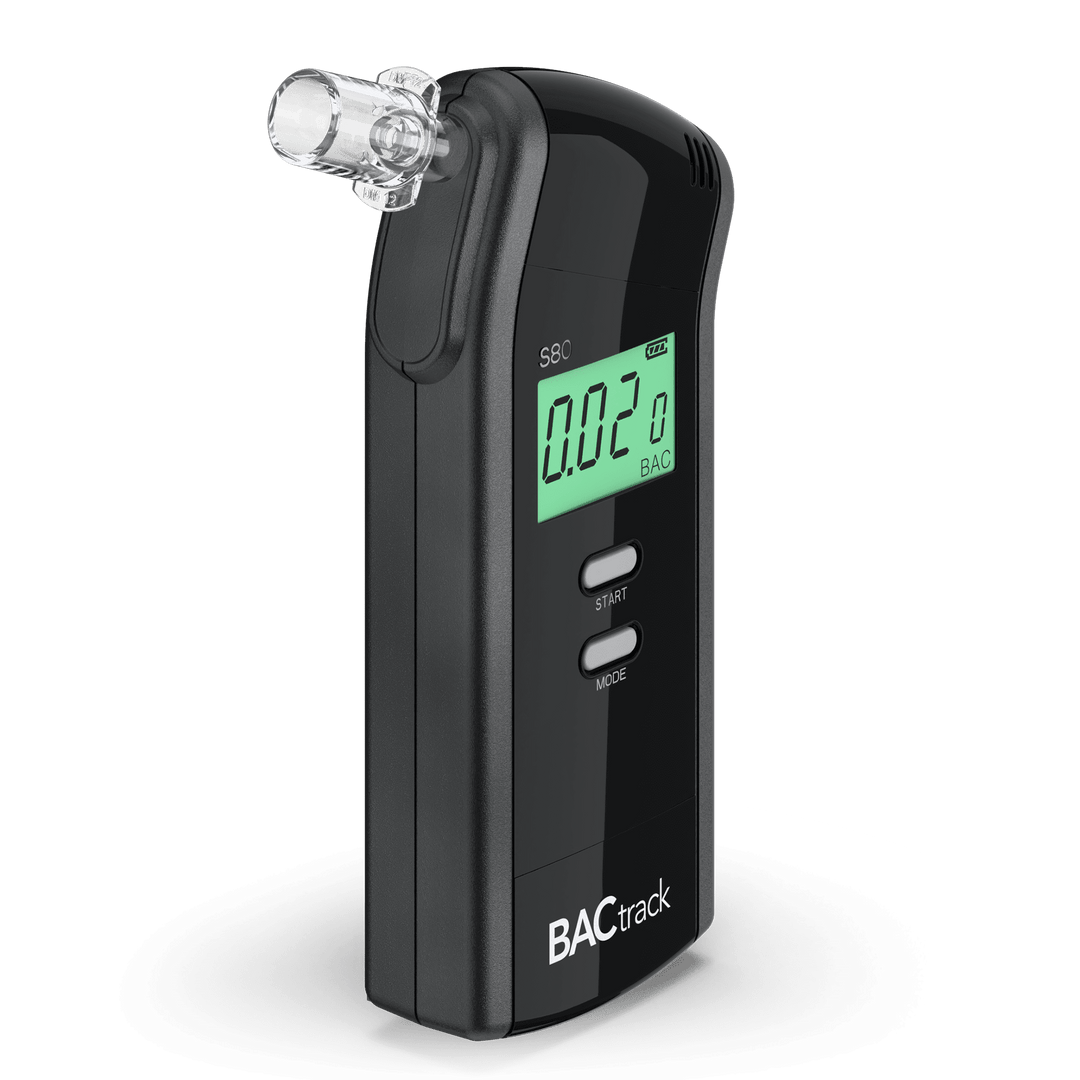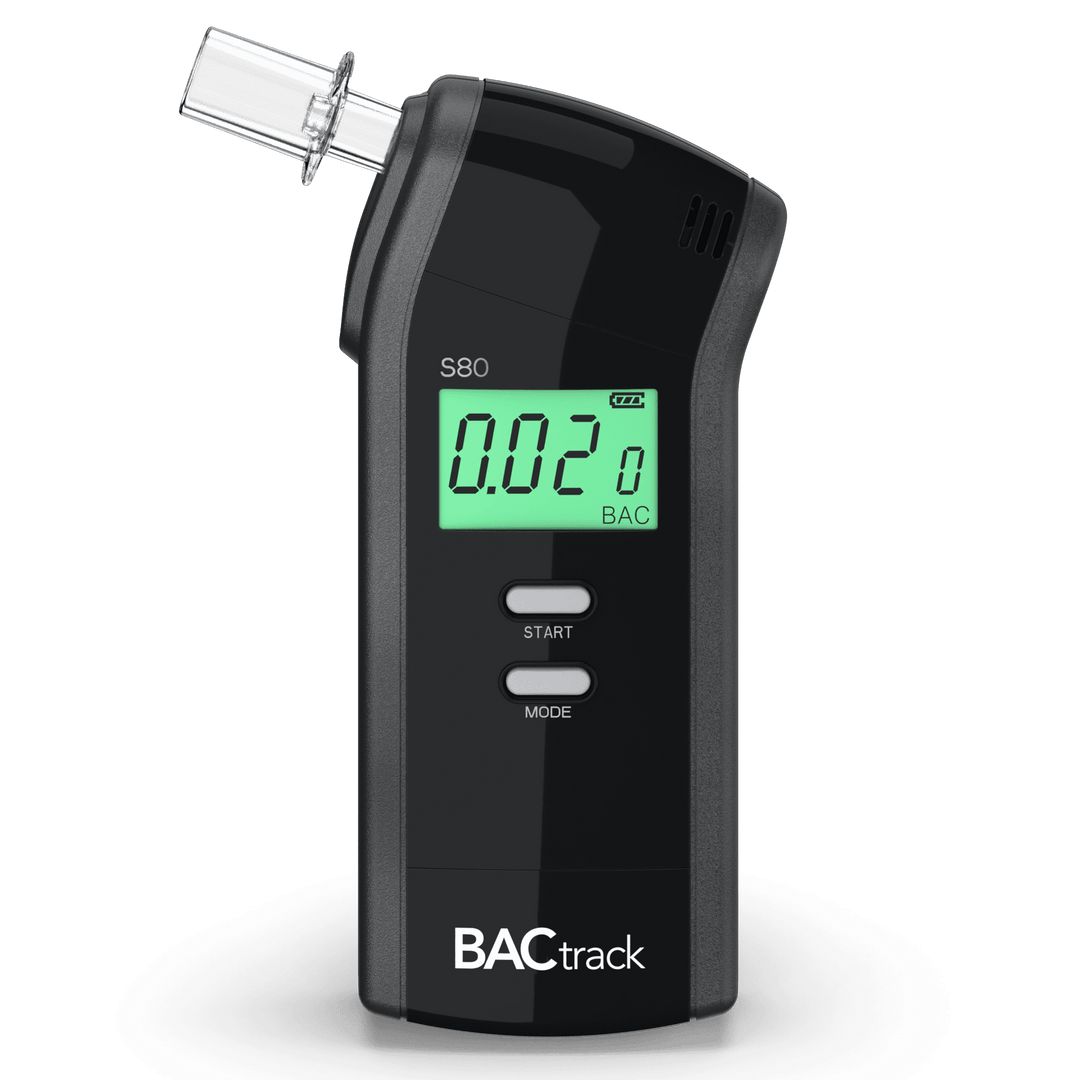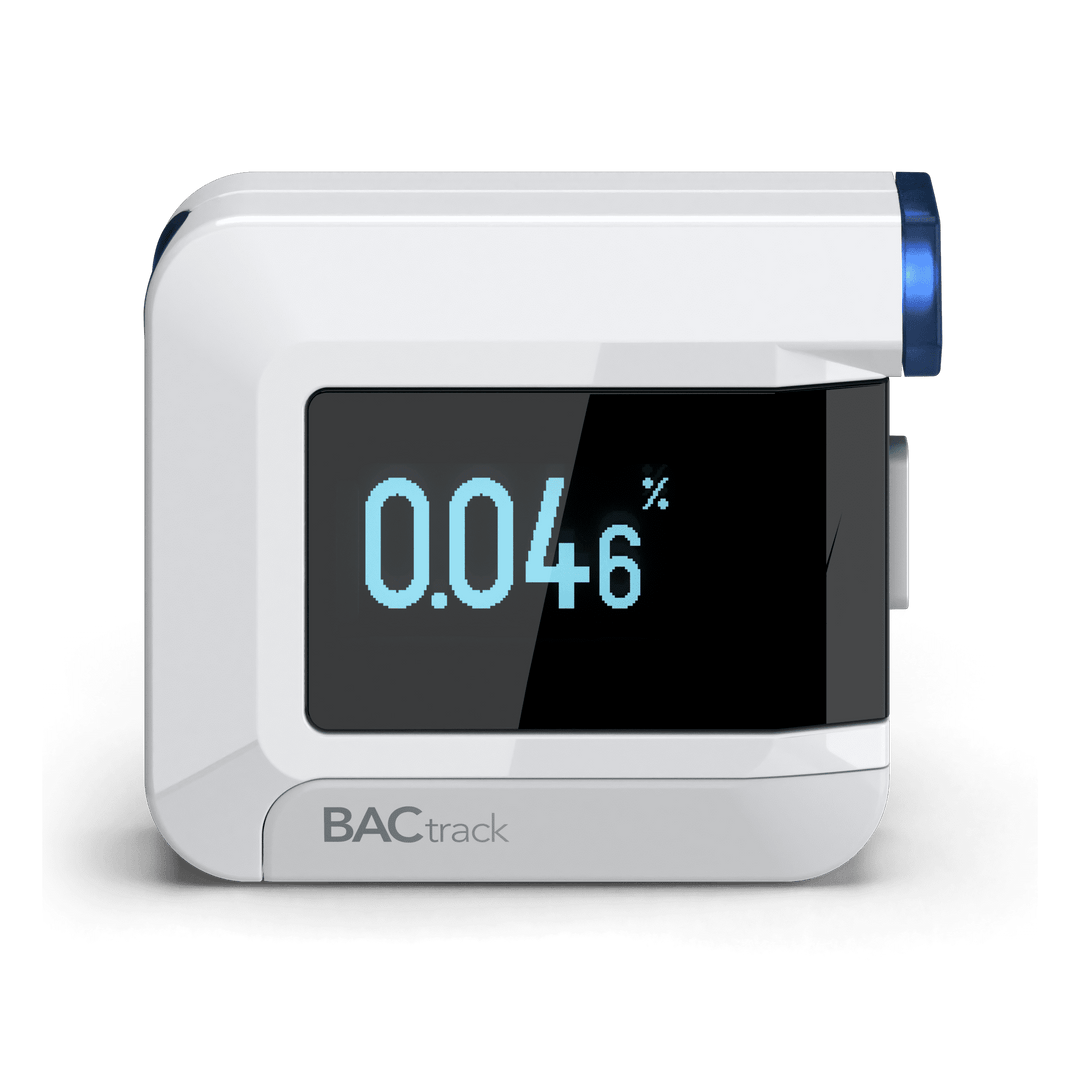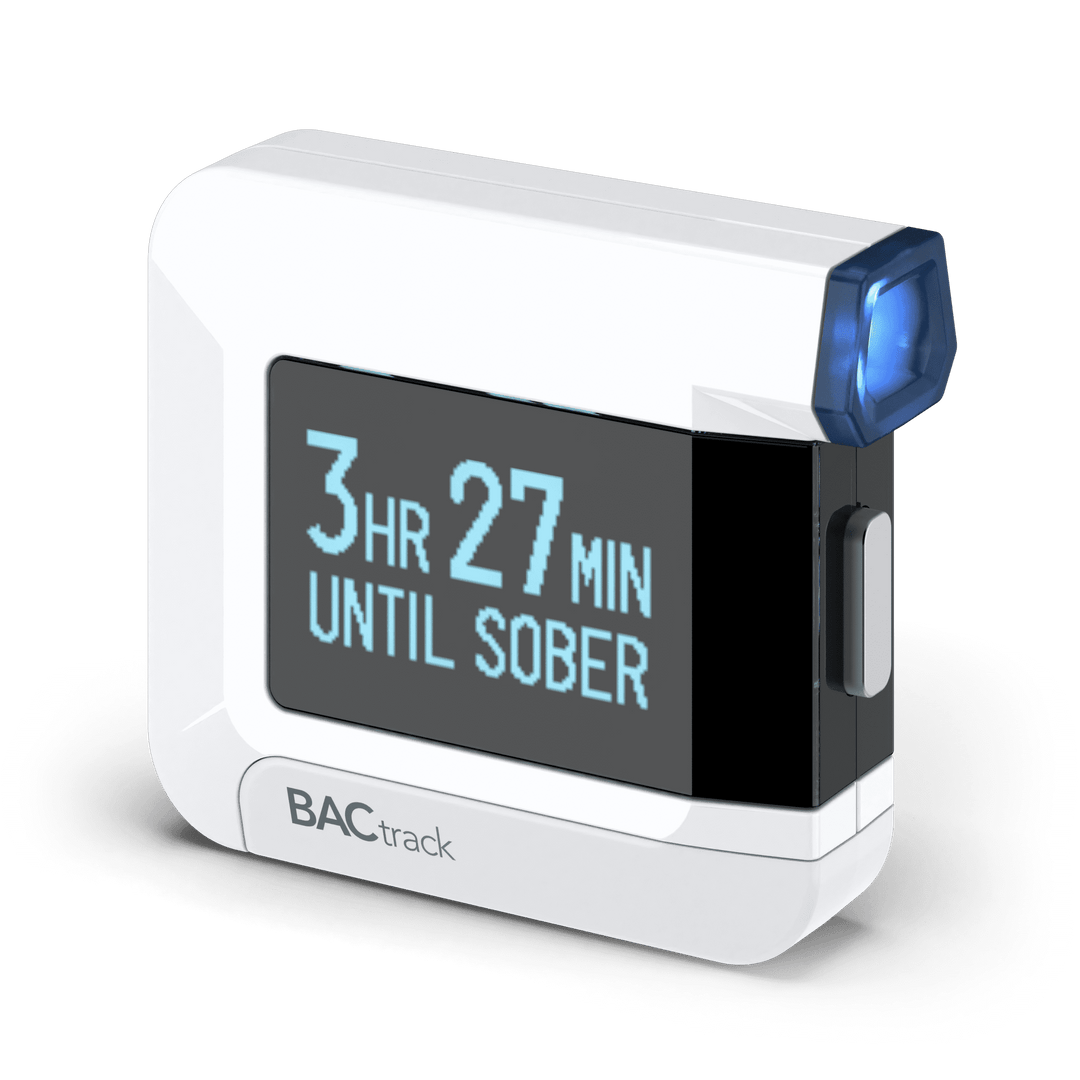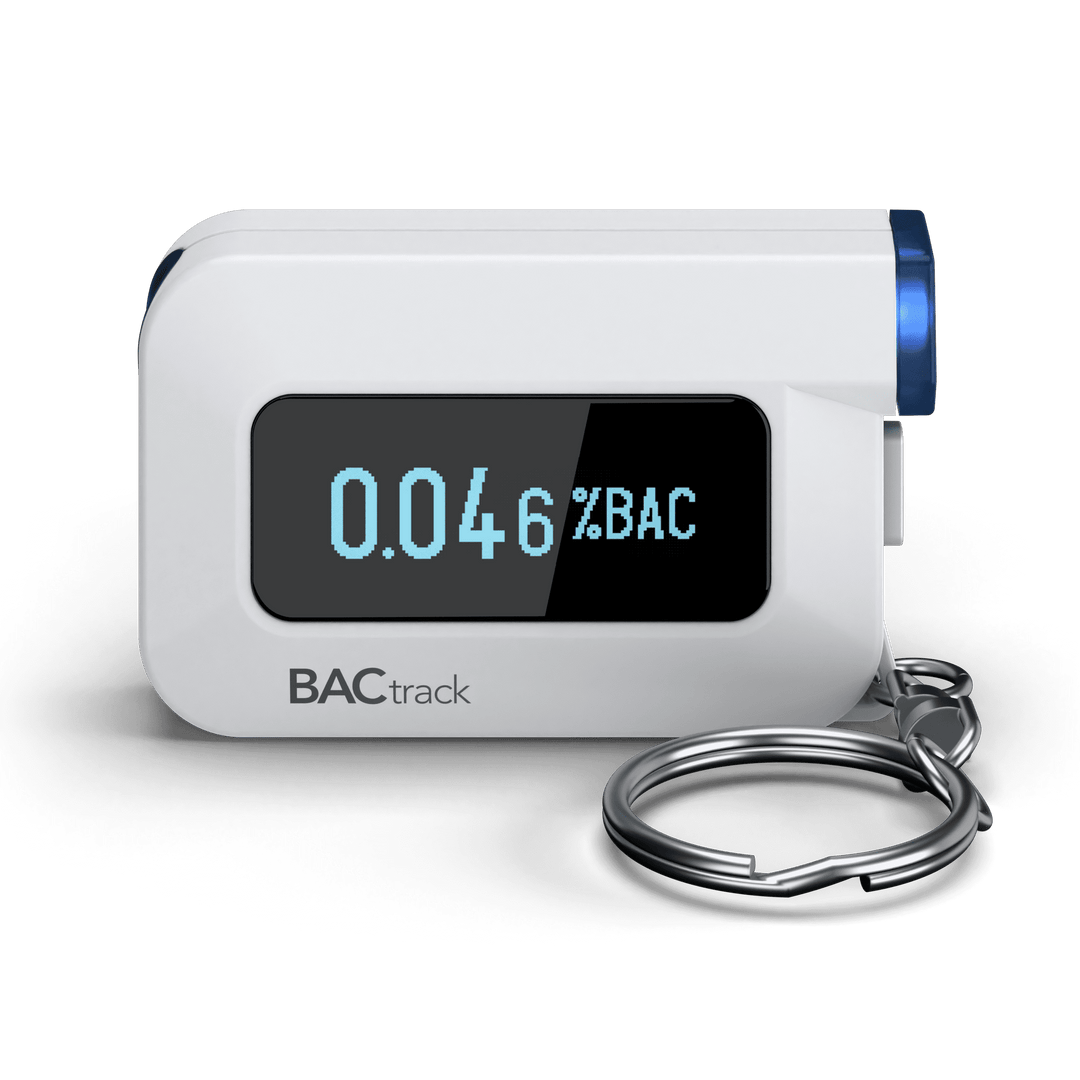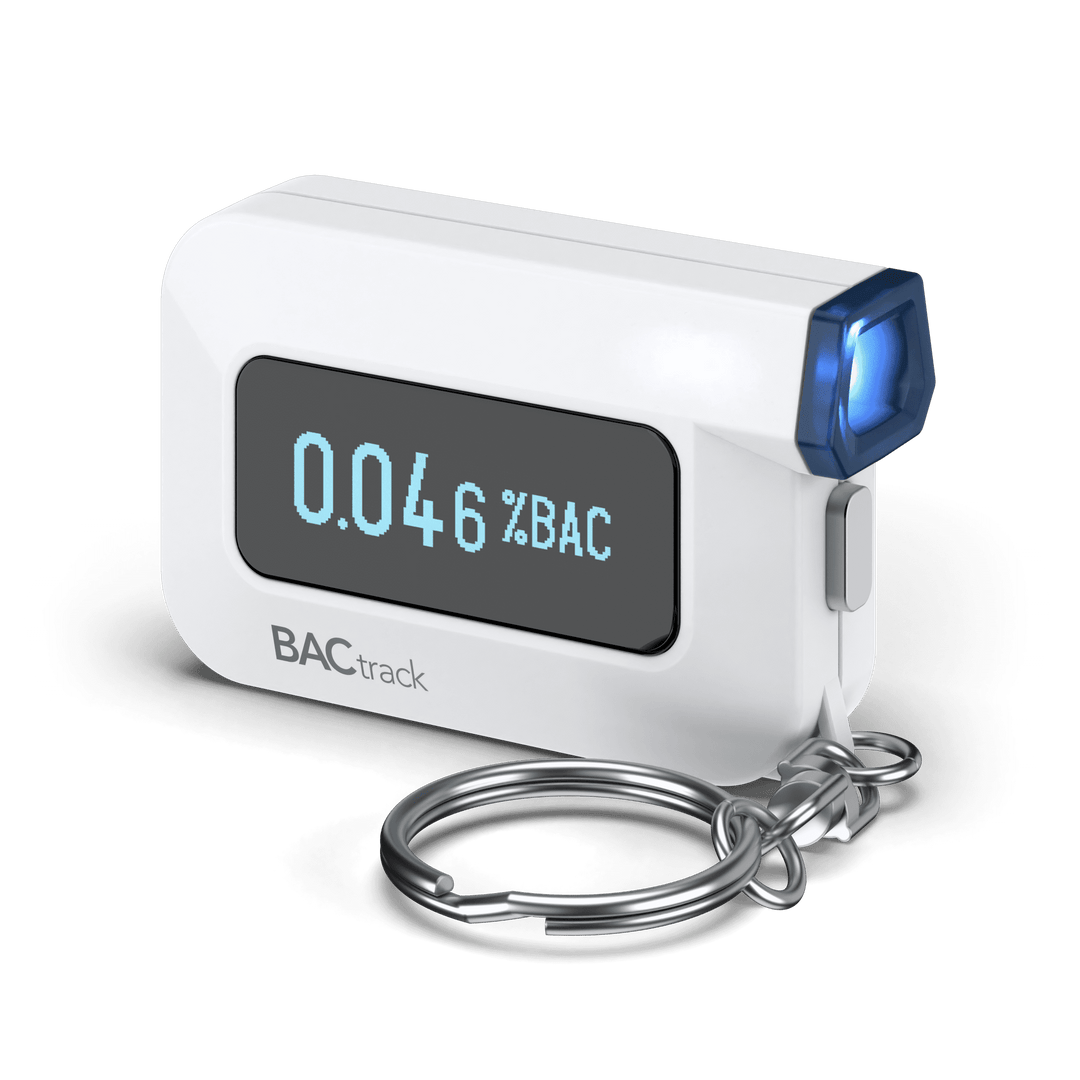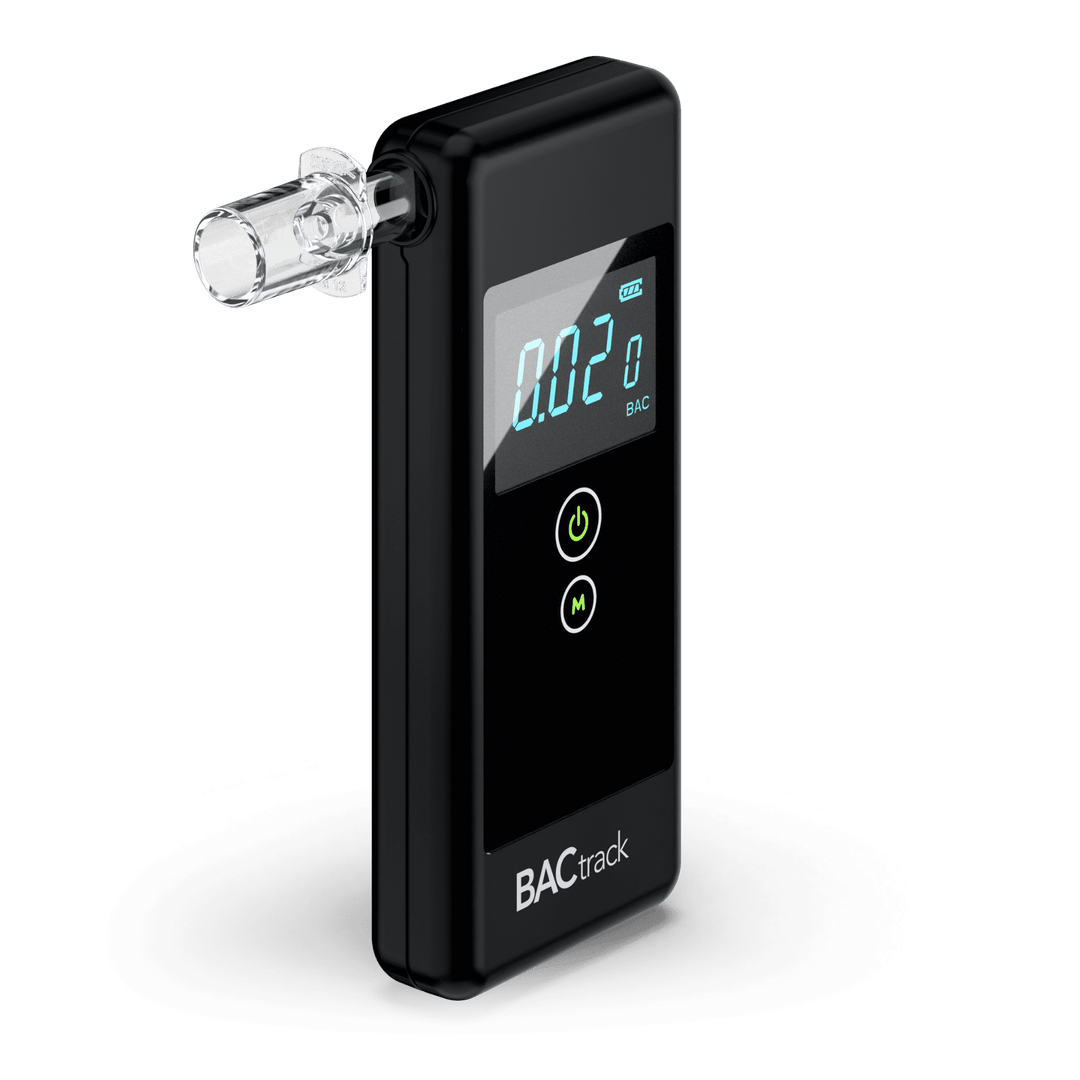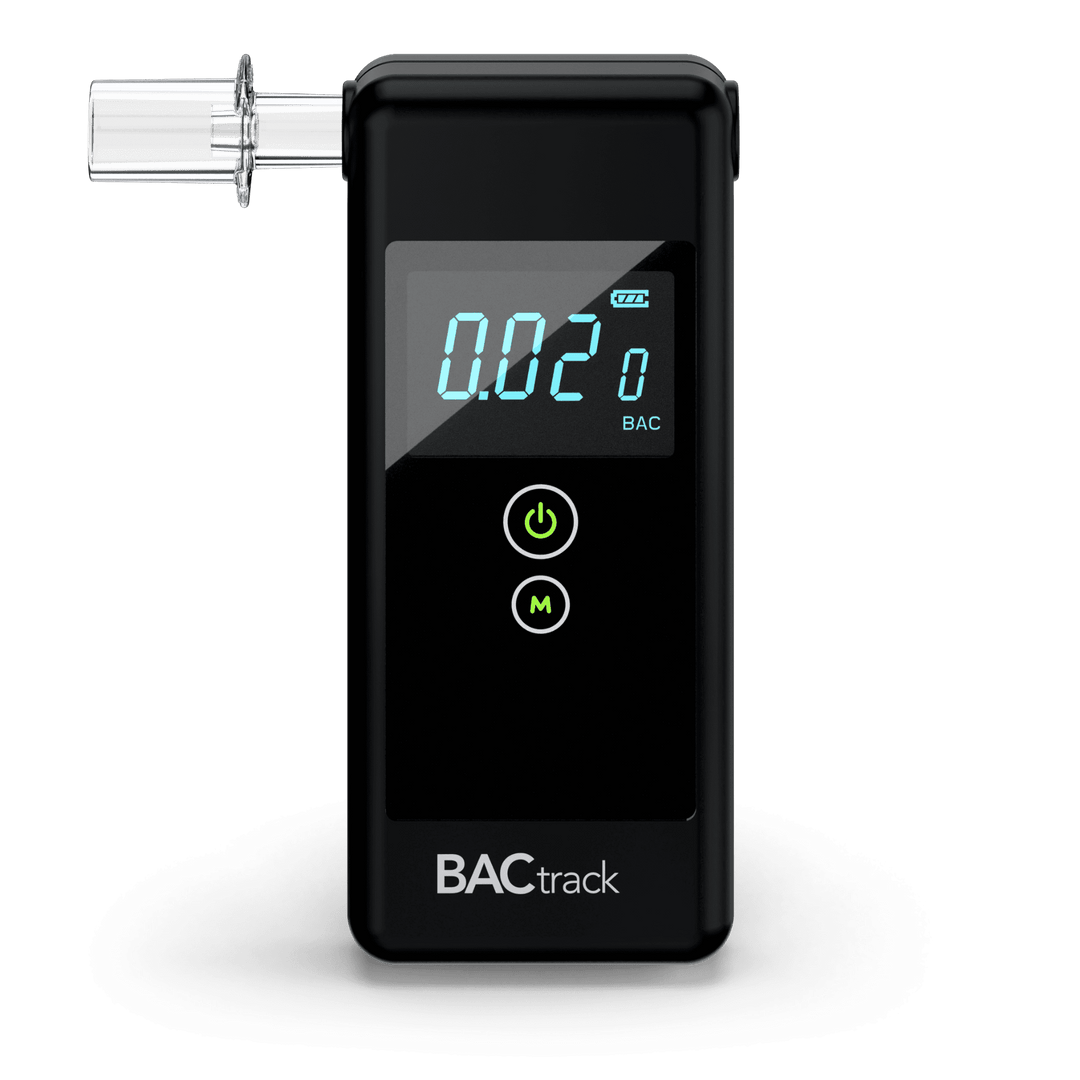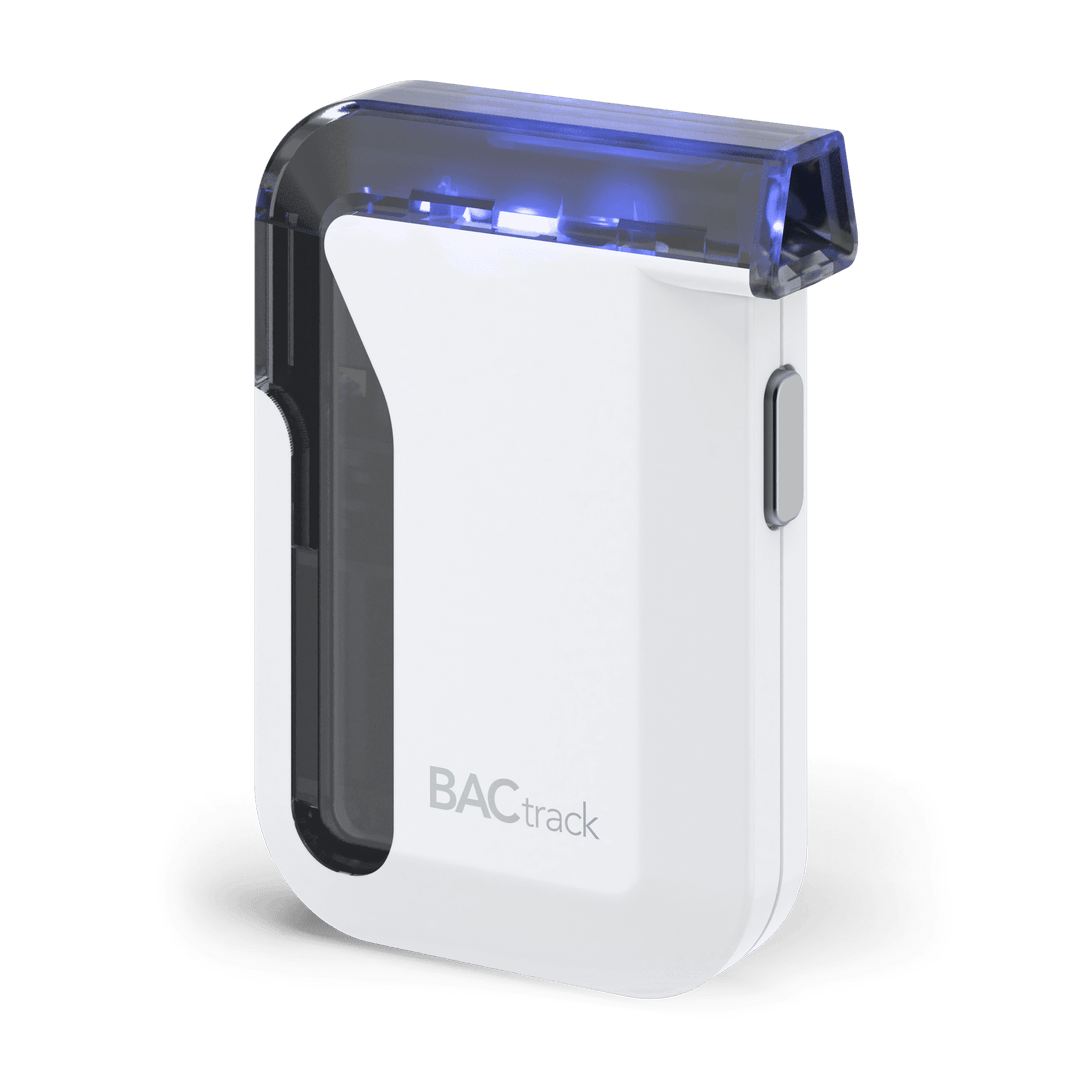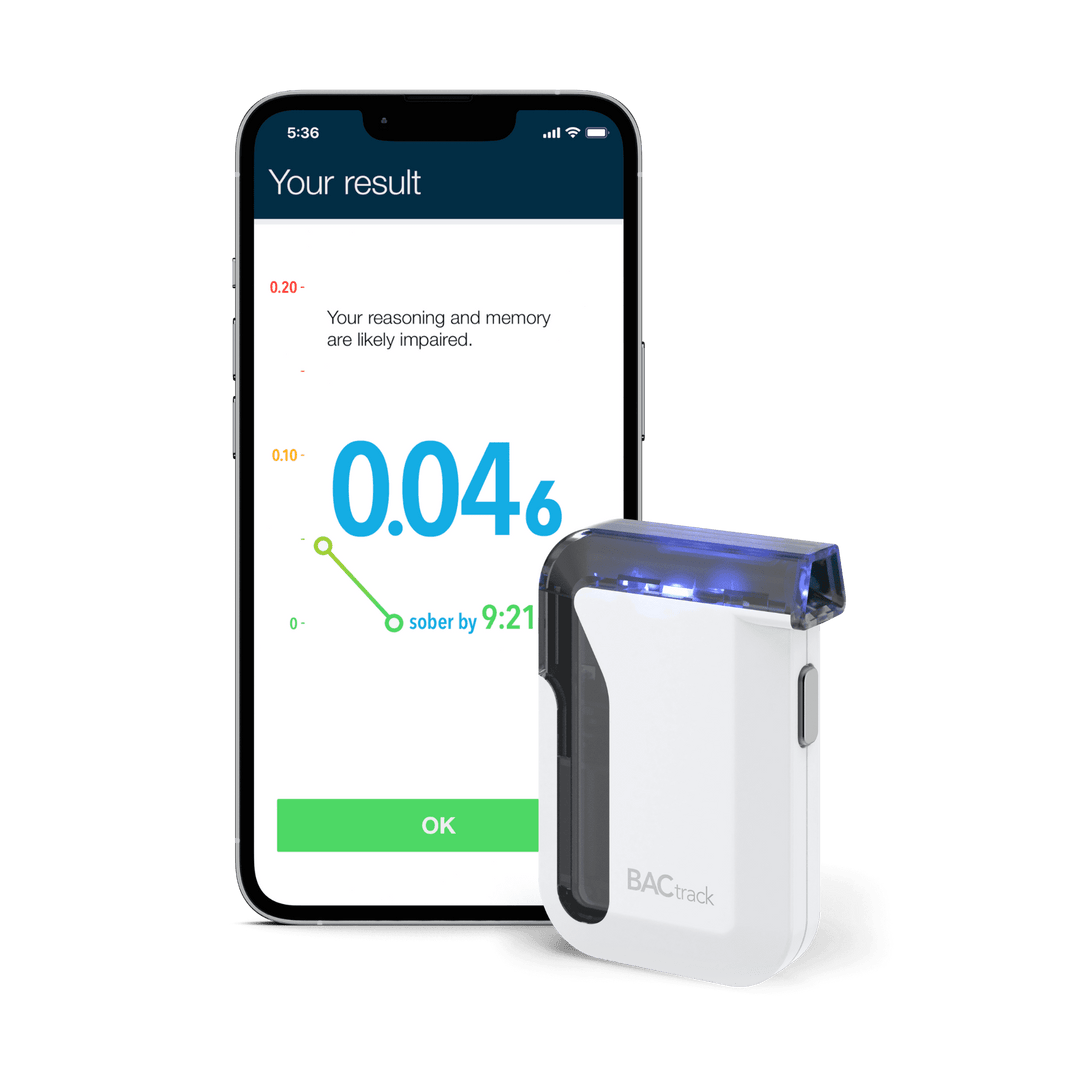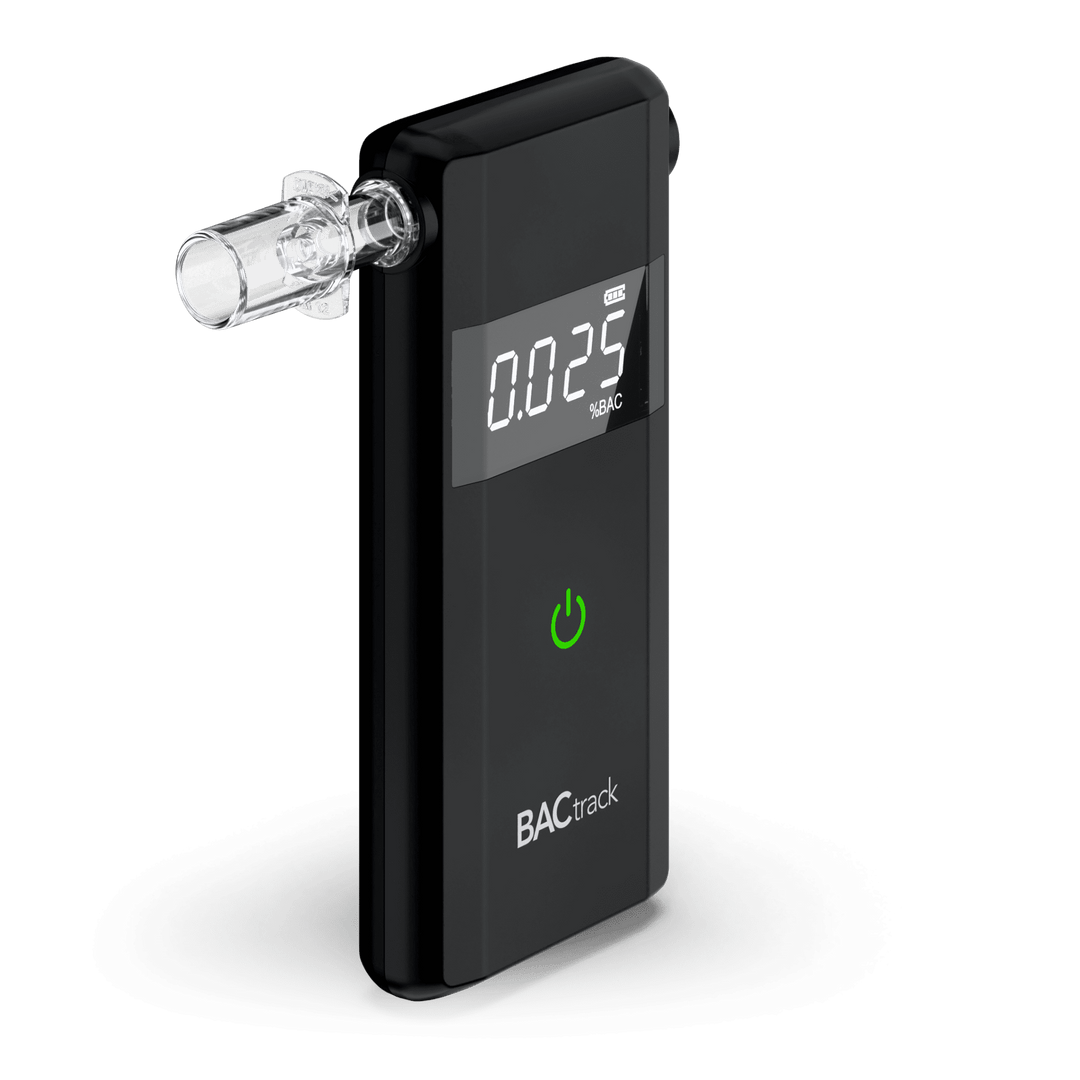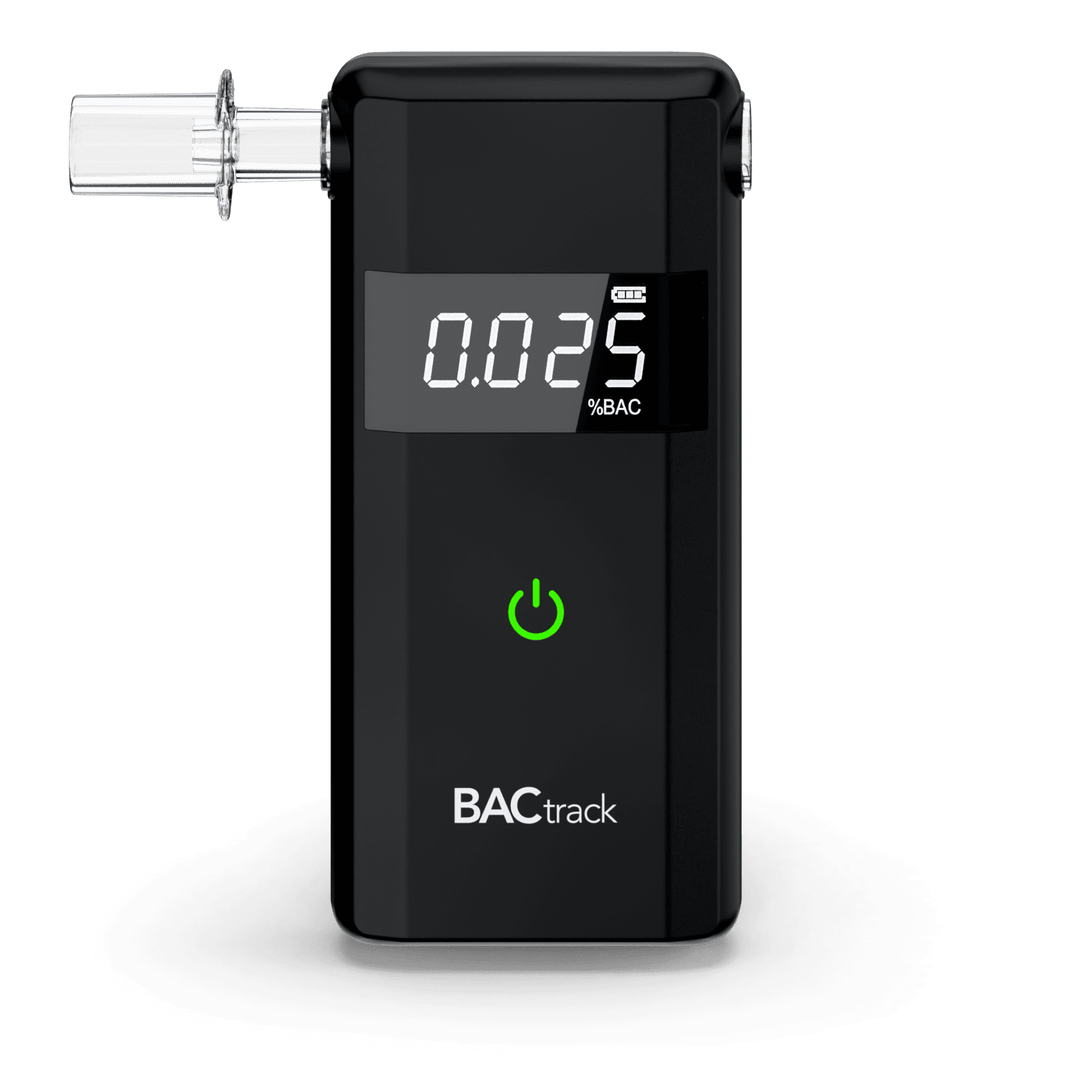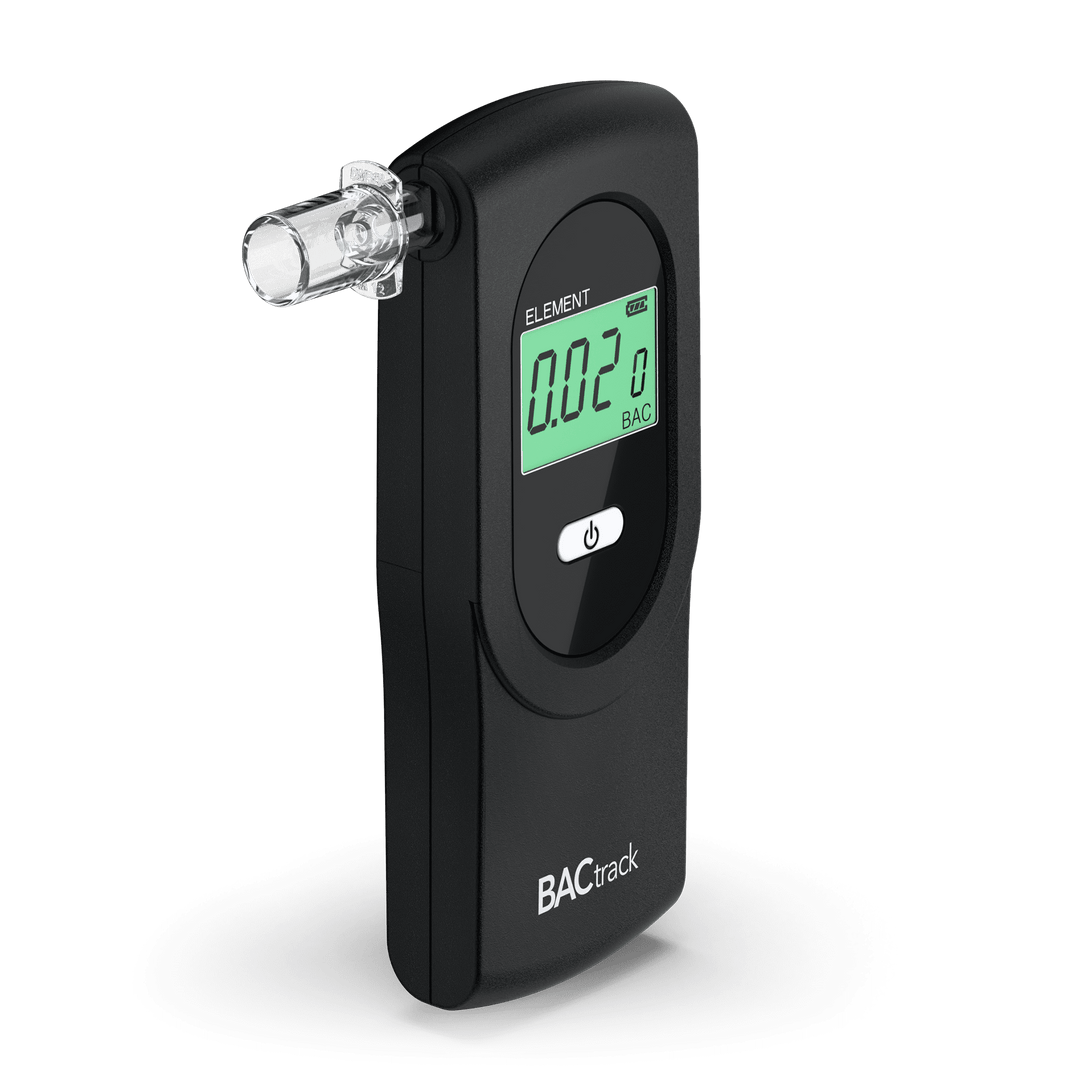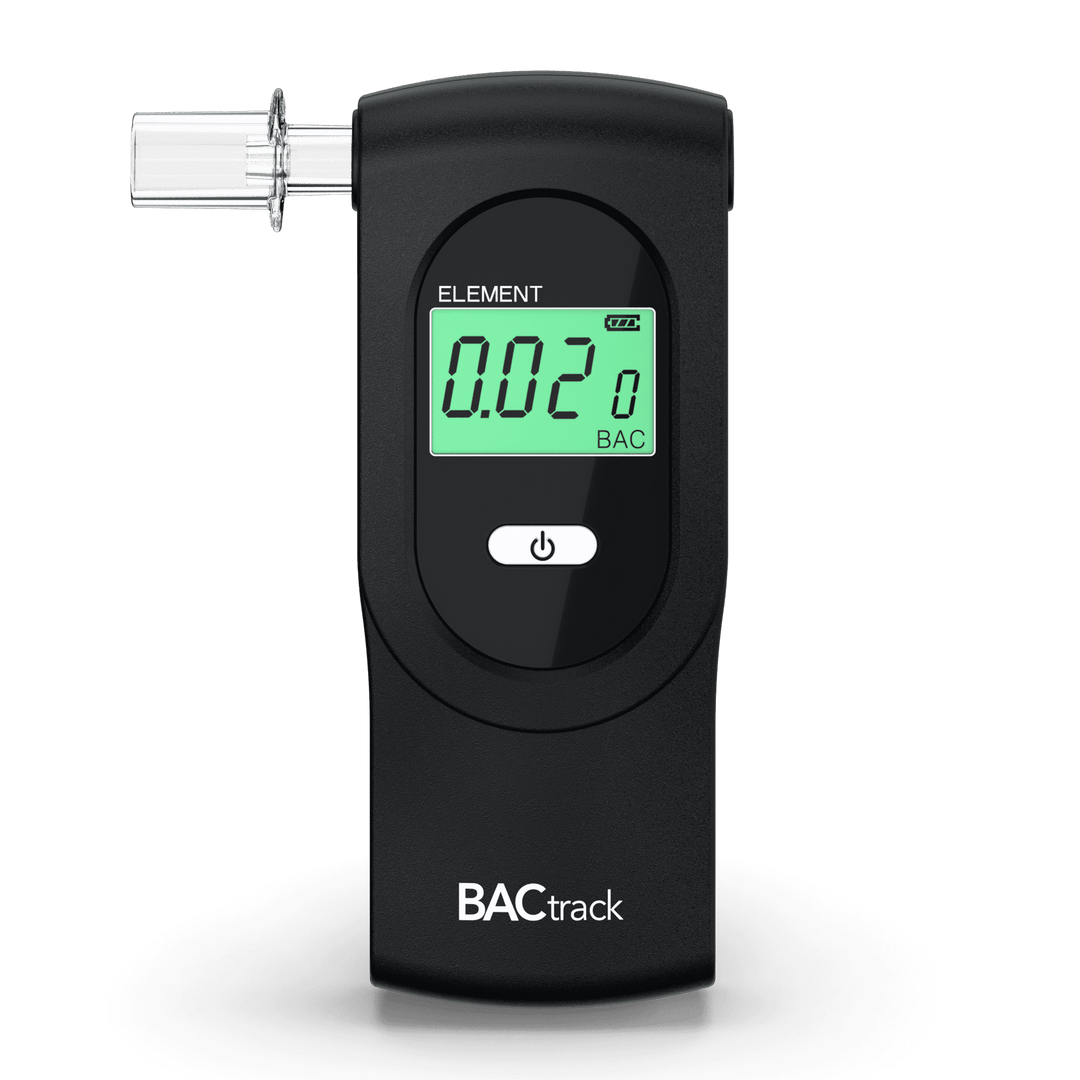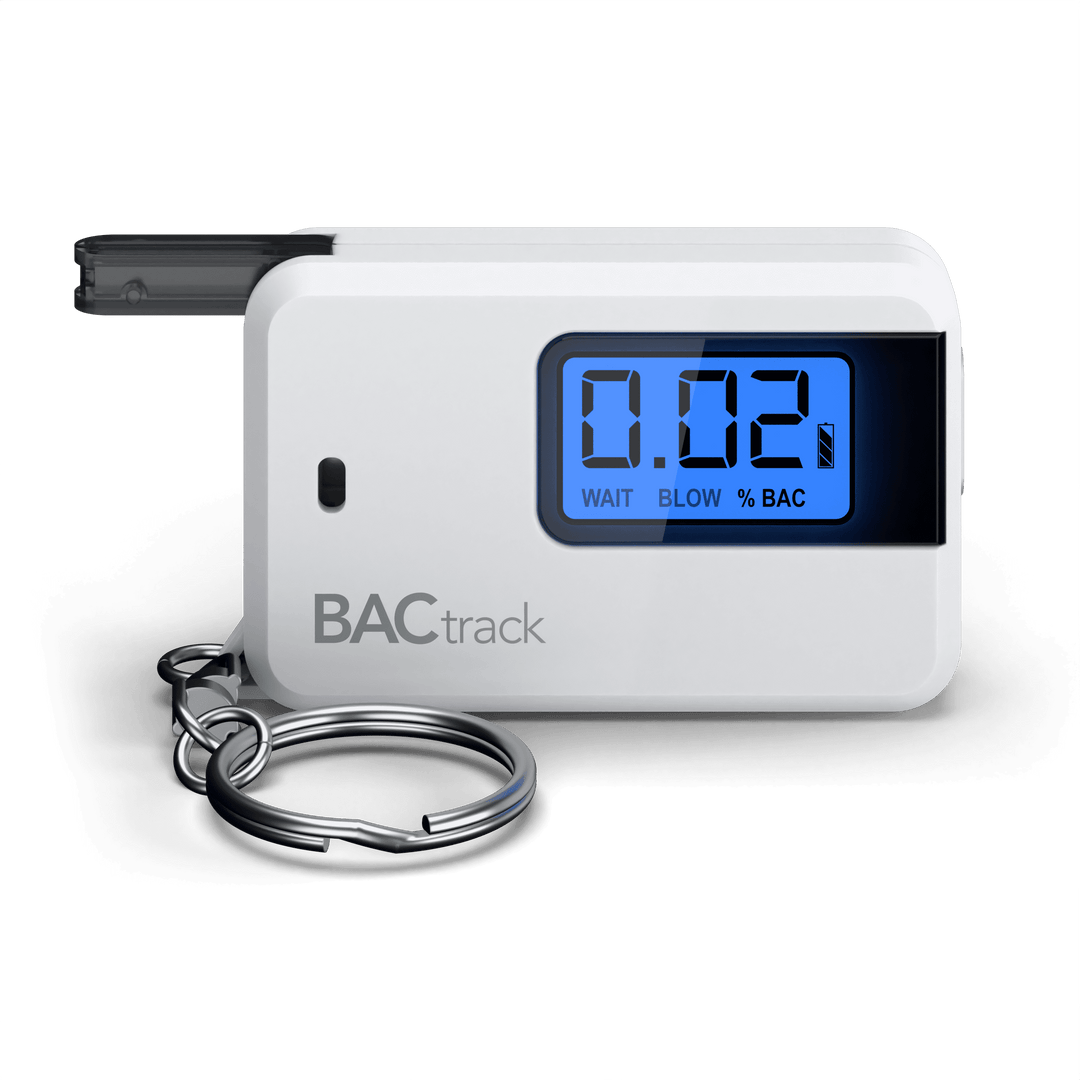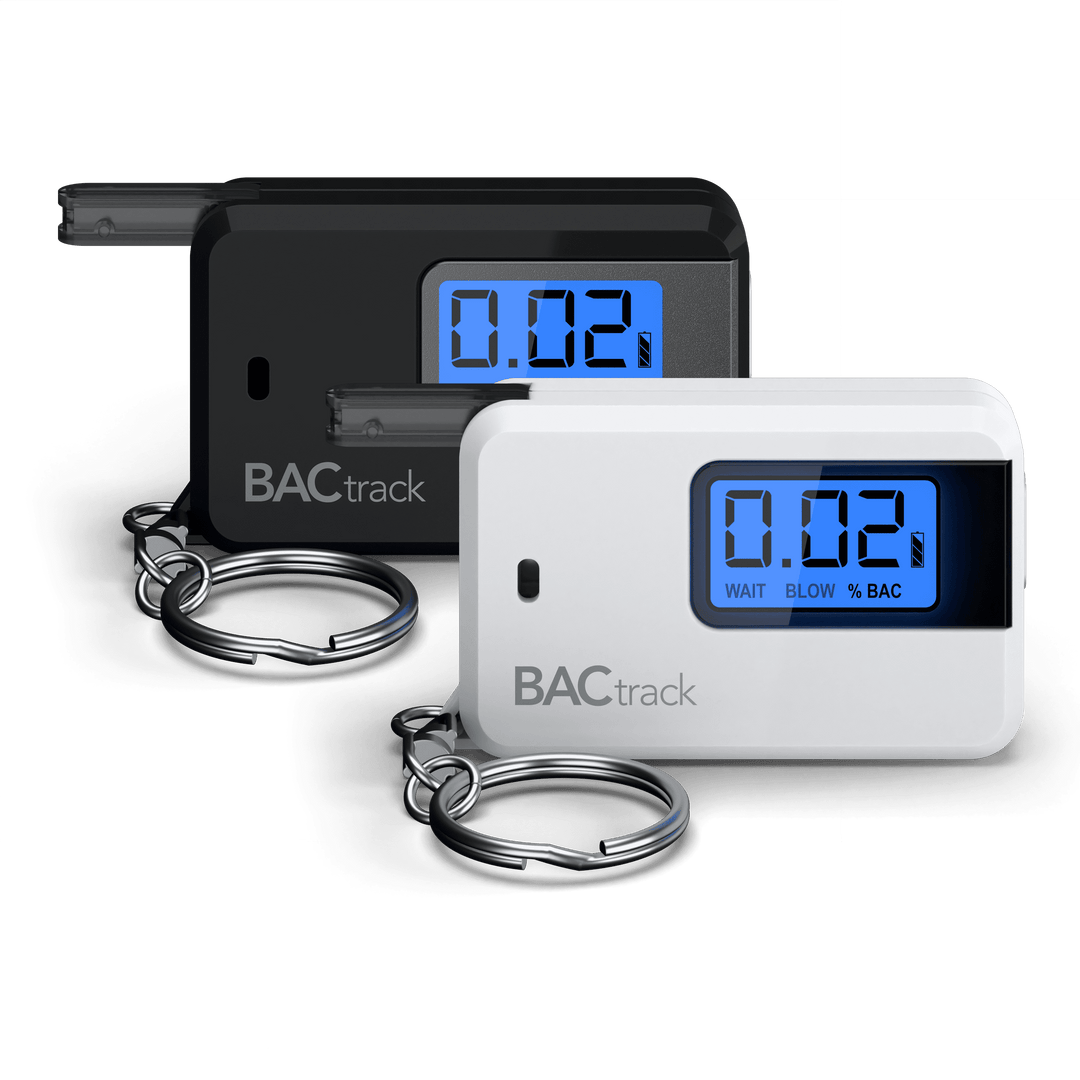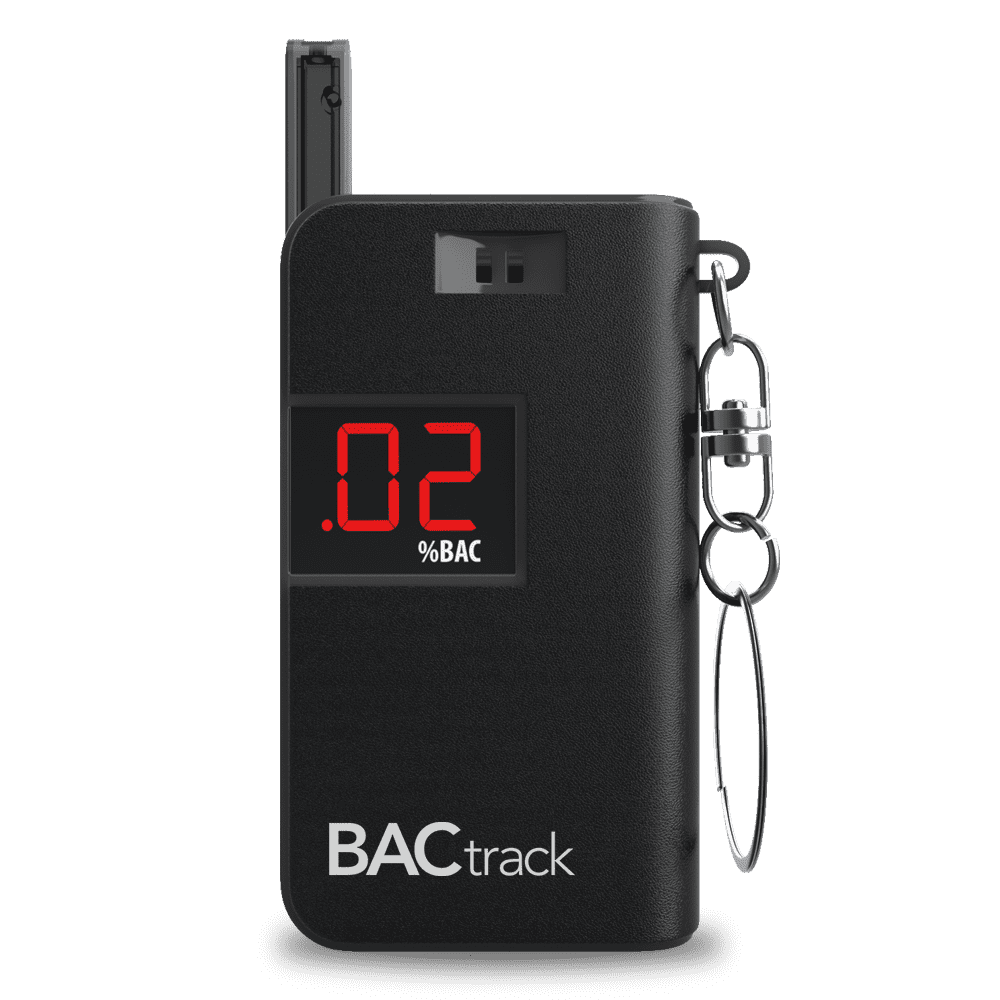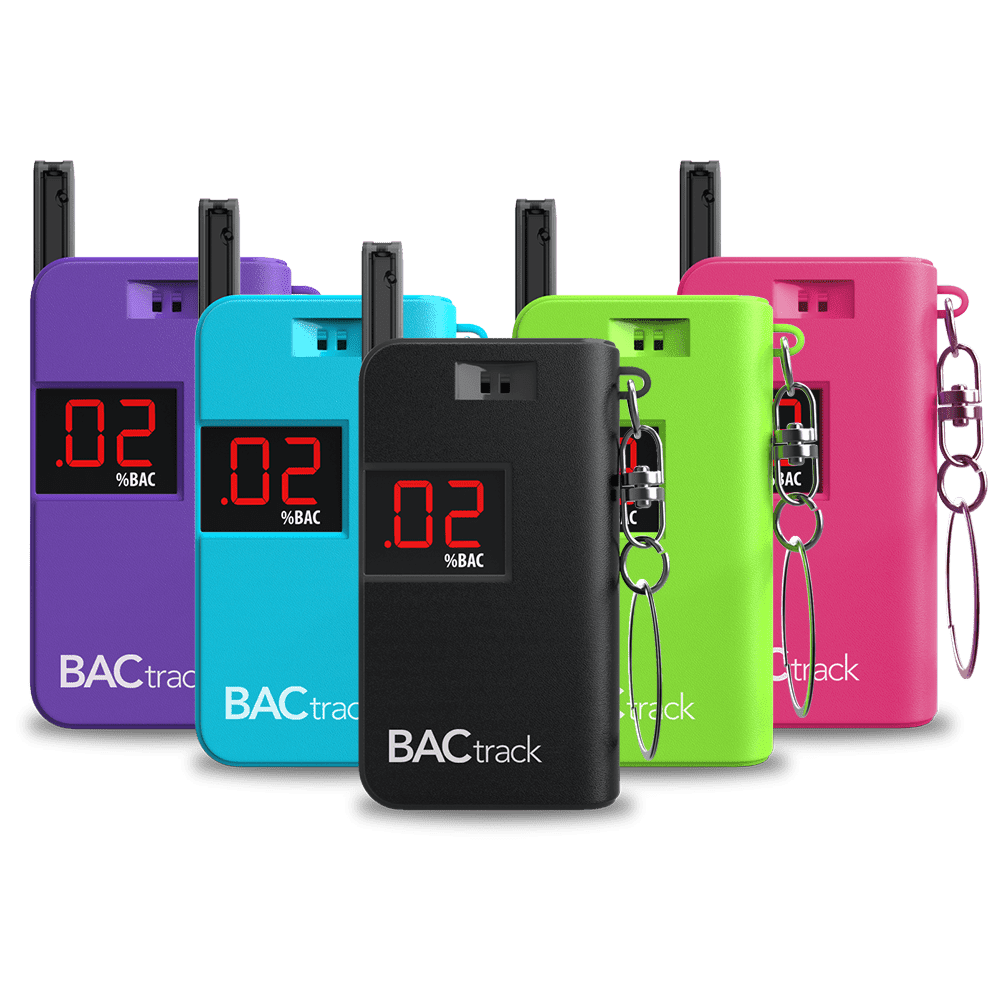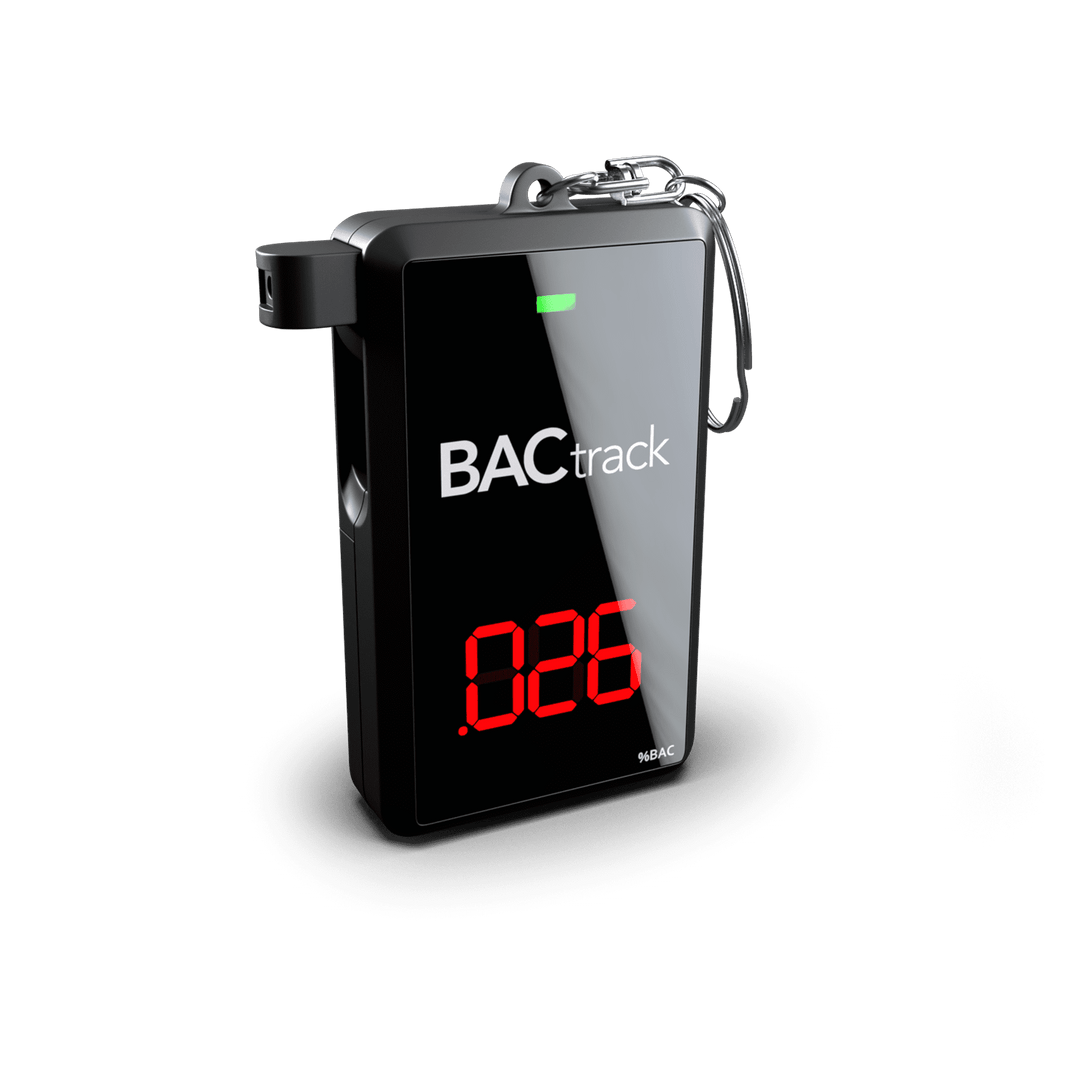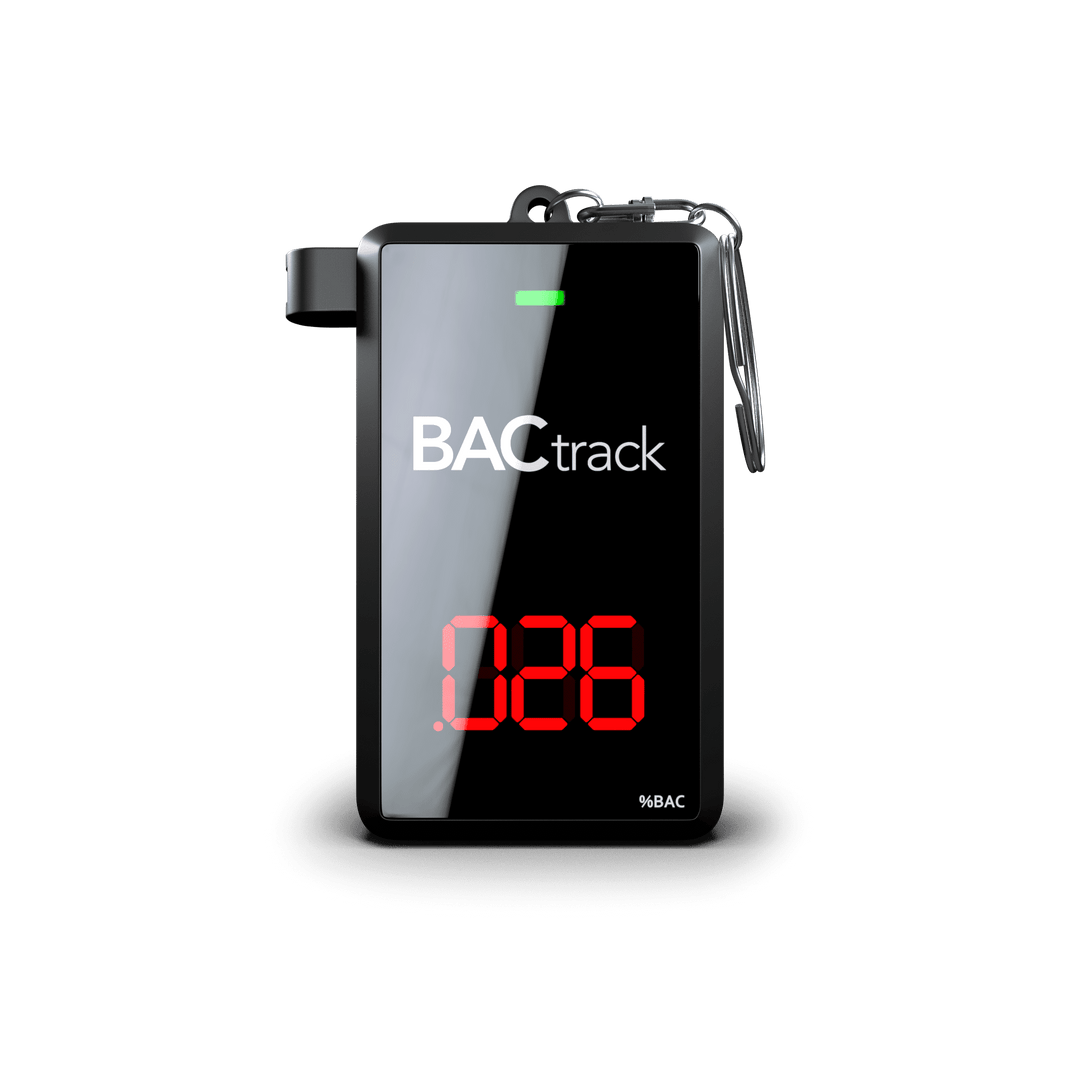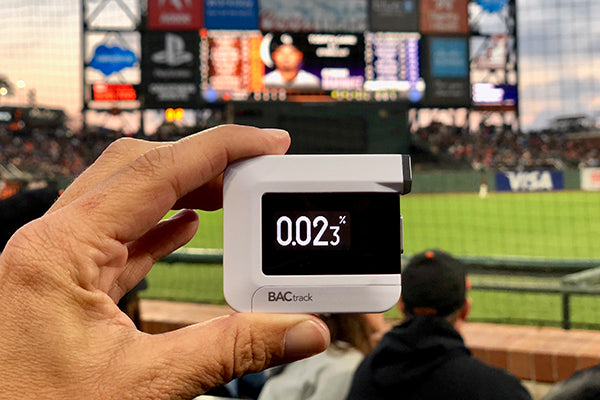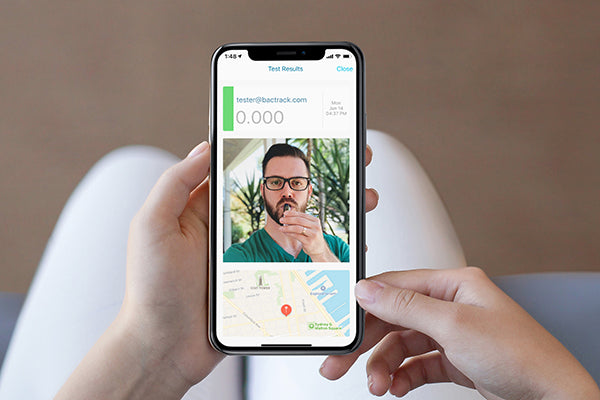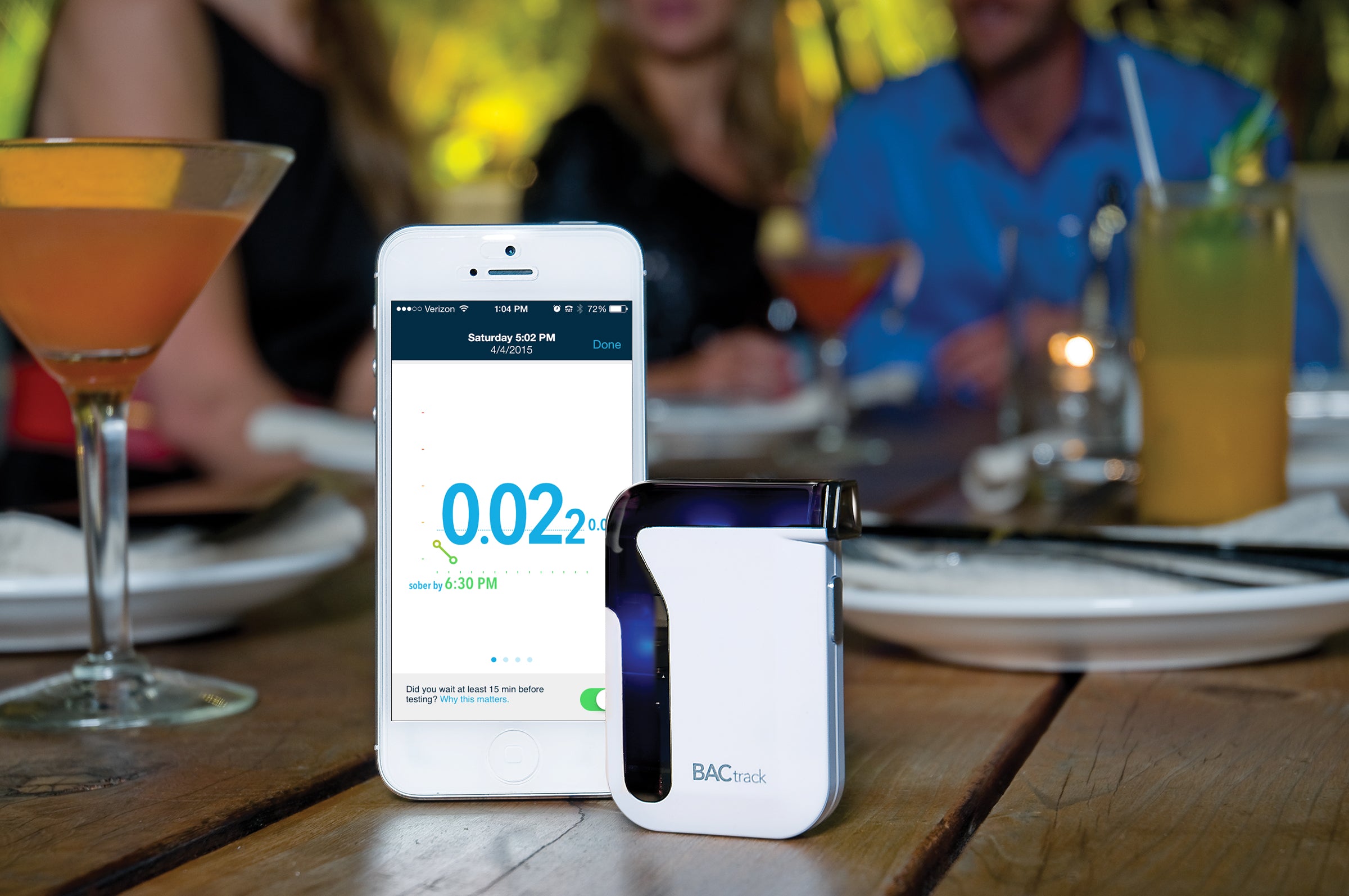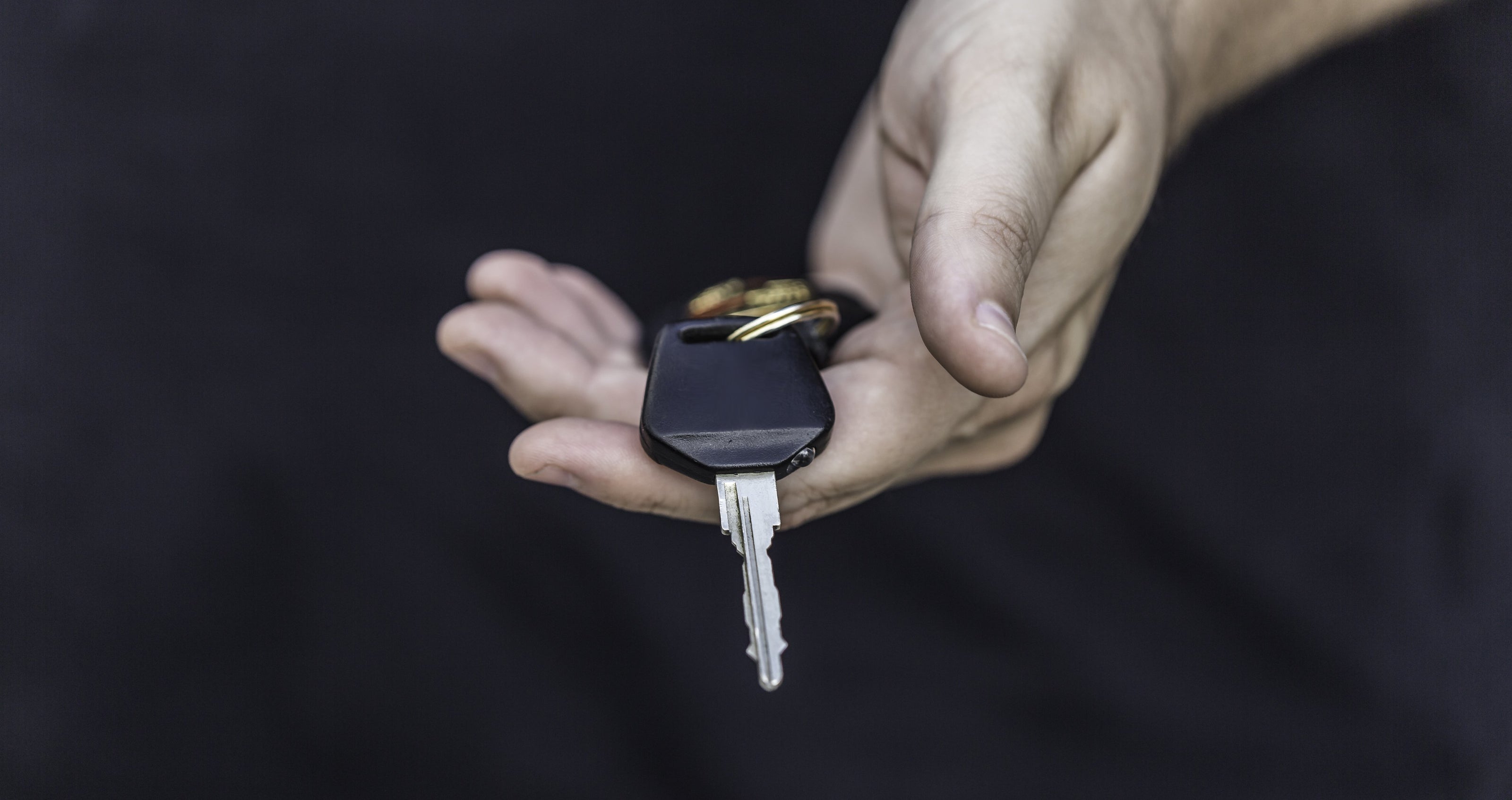In the United States, you are considered to be legally intoxicated and prohibited from driving a vehicle if your blood alcohol content (BAC) is 0.08% or greater. The three most common methods for testing BAC are breath, blood, and urine tests. Many states require a breath test, but some allow you to request a blood or urine test.
BAC Breath Test
Breath testing is the most common method used by law enforcement to estimate BAC because breath analysis devices, or breathalyzers, are lightweight, portable, and provide immediate results. Breathalyzers measure the alcohol that passes through alveoli air sacs as blood flows through vessels in the lungs, and is then expelled on a subject’s breath. Breathalyzer results, particularly those derived from fuel cell sensor breath tests, are considered sufficiently accurate to be admitted in a DUI prosecution.
Breathalyzers usually do not distinguish one individual from another because they are programmed to assume that test subjects share the same traits. Such “averaging” can result in inaccurate readings. Environmental factors, including the presence of products such as paint, thinner, glue, and gasoline, as well as diet, can also skew breath test results. Generally, breath tests are not as accurate as blood tests.
Commercially available breathalyzers offer a convenient and affordable way to self-test your BAC and make informed decisions about drinking and driving.
Commercially available breathalyzers offer a convenient and affordable way to self-test your BAC and make informed decisions about drinking and driving.
BAC Blood Test
Consent to have your blood drawn and tested is usually required, and refusing to take a blood test can have significant legal consequences, including suspension of driving privileges. Research by the National Highway Traffic Safety Administration also found that individuals who refuse blood alcohol tests tend to receive higher fines and longer jail terms than those comply.
Analysis of a blood sample for BAC is generally more accurate than breath and urine tests, but lab testing errors can occur and render test results inaccurate. Factors that can affect accuracy include lack of sterilization, preservatives and/or refrigeration, coagulation, vial mix-ups, and fermentation of blood in the vial.
BAC Urine Test
Urine tests are less accurate than breath and blood tests, and tend to be used only when other tests are not available. Urine testing is also considered an intrusive testing method, similar to blood tests. Studies have shown that urine test results can be significantly higher or lower than the actual BAC in the blood. And because urine tests usually cannot be performed at the time of an incident, such as a traffic stop, urine samples can be affected by the passage of time. In addition, alcohol takes up to two hours to appear in a person's urine and can remain in a person’s system for 6 to 24 hours. As a result, positive urine tests may not prove that a subject was under the influence at the time of an incident. Unlike other testing methods, urine tests can be circumvented by diluting or substituting a sample. To validate urine samples, temperature testing may be employed, but adulteration of urine samples is hard to prove. Urine tests are also subject to the same laboratory errors as blood tests.
Studies have shown that urine test results can be significantly higher or lower than the actual BAC in the blood. And because urine tests usually cannot be performed at the time of an incident, such as a traffic stop, urine samples can be affected by the passage of time.
One urine test that has come into popular use is the EtG (ethyl glucuronide) test, which can determine recent alcohol consumption even if no measurable alcohol is present in the system. EtG is a direct metabolite of alcohol and appears in the urine immediately following the consumption of alcohol. However, according to the Substance Abuse and Mental Health Services Administration (SAMHSA) EtG tests may not be reliable and can create a “false positive,” or inaccurate result. EtG can stay in urine for up to 80 hours, long past the period of alcohol consumption, and cannot differentiate alcohol consumption from exposure to small amounts of alcohol found in common hygiene, cosmetic, and household products, as well as some foods and medications. SAMHSA also warns that EtG tests lack “sufficient proven specificity for use as primary or sole evidence that an individual prohibited from drinking.”
Urine tests are also used to verify abstinence and detect relapse in individuals who are legally prohibited from drinking alcohol by the justice system or restricted from drinking by their employers.
Shop for BACtrack Breathalyzers now.

